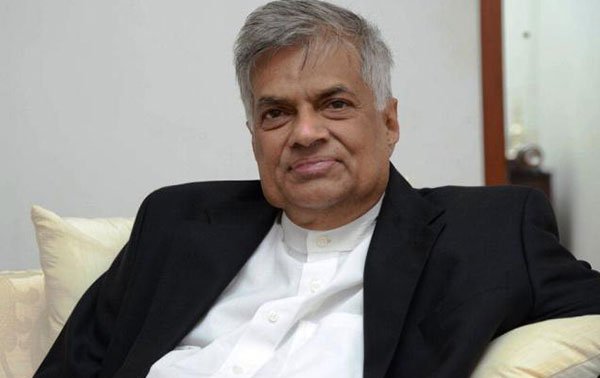Mr. Wickremesinghe, now on his maiden tour to China, is acutely conscious of the need for reliance on big powers in the world for economic development of his country, which is making efforts to achieve reconciliation among various ethnic communities after the 26-year-long civil war. In an article in “The Japan Times” exactly a year ago, he candidly acknowledged that “we simply lack the resources to undertake the great task of reconstruction without assistance.”
Even though free Sri Lanka established its diplomatic ties with Communist China in 1957, the famous bilateral rubber-rice pact of 1952 marked the beginning in their relationship, a development that even led to the strain in the ties between Sri Lanka and the United States. But, it was during the presidency of Mahinda Rajapaksa (November 2005-January 2015), particularly in his second term beginning with 2010, that Chinese presence in Sri Lanka became more perceptible through its involvement in big ticket infrastructure projects at a time when Colombo began to experience a virulent international campaign for its alleged violations of human rights during the final phase of the civil war. By 2013, the Sri Lanka-China relationship was elevated to one of “strategic cooperation,” from merely being friendship, and it was no surprise that Chinese President Xi Jinping participated in September 2014 in the inauguration of $ 1.4-billion Colombo Port City Project, which would be funded and executed by a Chinese firm.
Even though, in the run-up to the January 2015 presidential election, Mr. Wickremesinghe who backed Maithripala Sirisena in the poll, had campaigned against the project, soon the realisation dawned on the new regime that pragmatism, rather than ideological rhetorical position, should govern the relationship as otherwise Colombo might have to pay heavy penalty for any unilateral pull out from the project. A senior academician points out that the present dispensation appears to be more “objective and transparent” on the project which was not the case earlier.
In mid-2015, Gotabaya Rajapaksa, who was Defence Secretary in his brother's regime, told a seminar in Colombo that India’s National Security Advisor Ajit Doval even once told him to halt the project on the grounds of India’s security, a statement which has not been disputed by the Indian government so far.
But, what has not gone unnoticed within the Indian establishment is the fact that the port city project has been proposed alongside the Colombo port, which has become a vital player in the Indian scheme of economic activity. As per an estimate, while India accounts for 75 per cent of Colombo’s transshipment, the port handles nearly 30 per cent of container transshipment business of India. This was why New Delhi had initially viewed the project with suspicion in view of reports of the Chinese project promoter getting land ownership rights.
Though the Indian government has not made its position public to the present Sri Lankan government’s move to revive the project, what has comforted it is that Colombo, while renegotiating terms of the project with Beijing, has made it clear that land will be provided on a long term lease and not free hold.
Even as Sri Lanka has been taking steps to mend its ties with Beijing, it collaborated with the West on the adoption of a resolution on its “alleged human rights violations” during the September-October 2015 session of the United Nations Human Rights Council. India’s role in the UNHRC session was apparently subdued even though it was an open secret on whose side New Delhi’s sympathies lay.
Sugeeswara Senadhira, an aide of Mr. Sirisena, feels that Sri Lanka has to keep in good humour its two neighbours by reviving the Port City project and going along with India for the Economic and Technical Cooperation Agreement (ETCA).
Even while favouring deeper economic engagement with China, Sri Lankan experts in foreign affairs including K. Godage argue that Colombo should not do anything that will perceived by India as threat to its security.
(thehindu.com)






